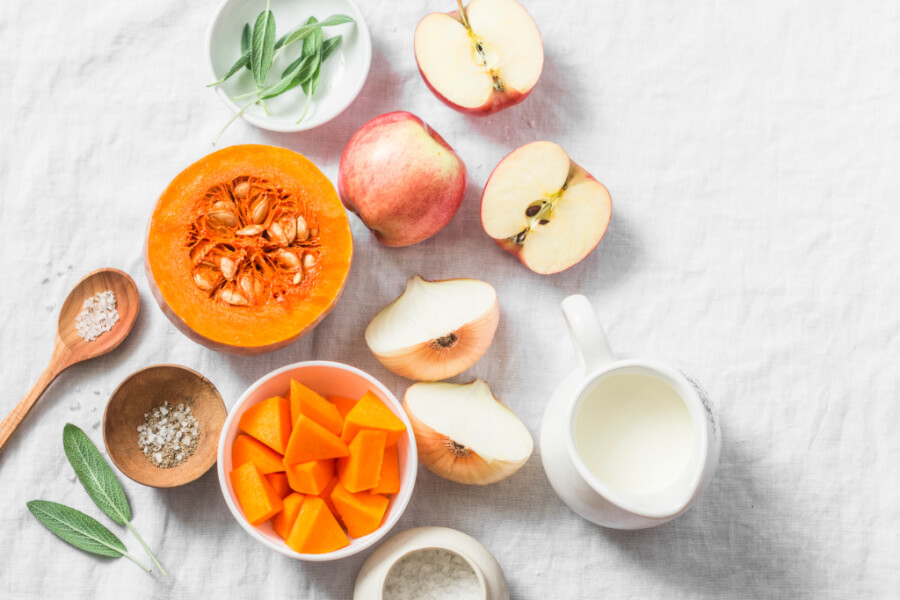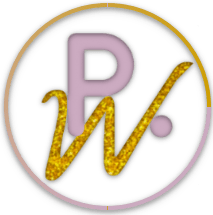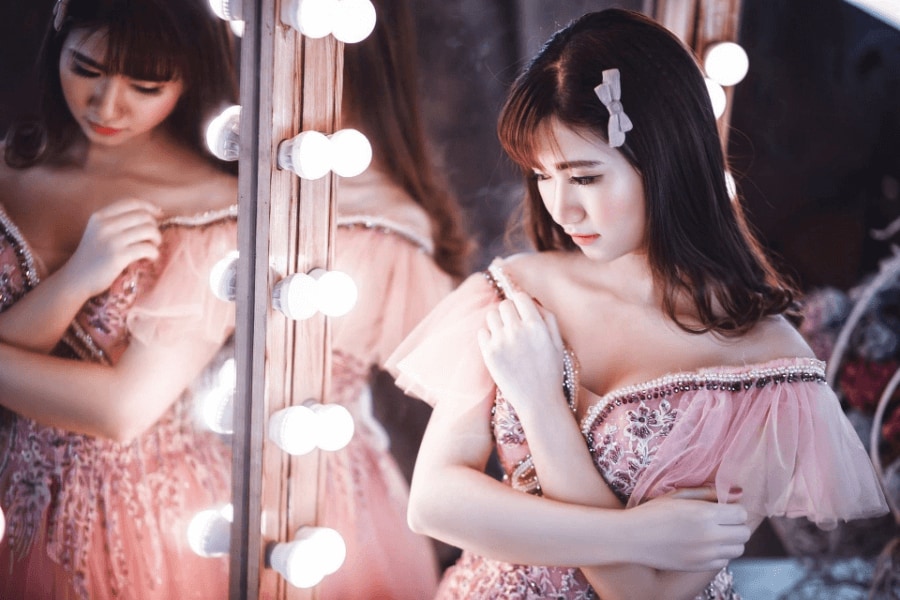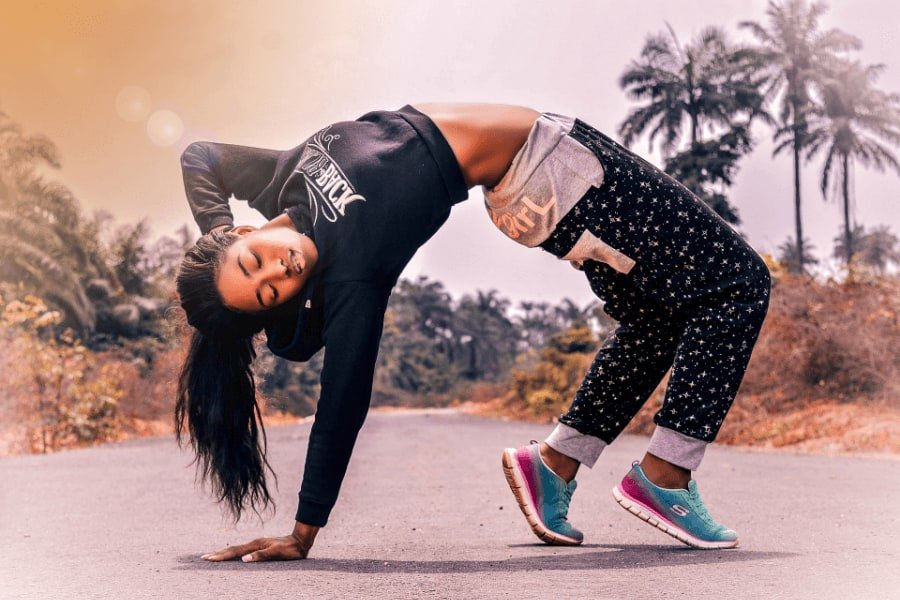Do you have painful or embarrassing acne, still as an adult? Are you embarrassed ashamed and fed up of hiding your face or wearing heavy make up? Acne is one of the most unfair conditionsI know of and this is the most difficult blog post I have written so far.
I don’t know about you, but one of the most difficult parts of growing up for me was my acne. I had a diagnosis of PCOS at a very young age, and my acne started around the age of 9 or 10. The bullying for the whole of my teens having acne, glasses and hearing aids meant that my self esteem throughout my teens and early twenties plummeted past empty and went through the floor.
I am lucky that I have it now under control, but I understand the pain that being afraid to show your face anywhere and loosing friends who can’t look at your face causes. My acne journey was a long one, with a lot of research and I am sharing my strategies here.
There are a number of things you can do to help acne, and which combination works for you may be different to what works for someone else, so this is going to be a long post. I also want to reassure you that you are not dirty, ugly or defective. Acne happens to many people, through no fault of their own. And I want to reassure you, that using diet, supplements and lifestyle changes, which have worked for me over prescription drugs, you can see changes, but they do take time. So please be gentle with yourself and your expectations.
Hormonal Issues Involved with Acne
Too much insulin – having high insulin levels in the blood can stimulate the ovaries to produce excess testosterone (an androgen). An enzyme called 5 alpha reductase then converts testosterone, which women do need and are supposed to make, into its “evil twin”, Dihydrotestosterone (DHT). DHT is one of the main causes of acne, androgenic alopecia (female and male pattern baldness in more common terms) and a number of other symptoms such as excess body and pubic hair growing in places more associated with men, eg on the belly. In particular with acne, it can cause in increase in sebum production, which can clog pores and oily patches as well as acne.
If you have blood sugar level imbalances, pre-diabetes, or PCOS (the type caused by insulin disregulation), then this will include you.
Too much oestrogen (known as oestrogen dominance) – you wouldn’t think that this would be an issue, but it is. Oestrogen dominance occurs when you do not have enough progesterone to oppose your oestrogen in the latter half of your cycle. You need enough progesterone in your body to regulate the conversion of testosterone to DHT, and not having enough progesterone, maybe you aren’t ovulating regularly; ovulation being necessary for progesterone production, you have long follicular phases, or have been on the pill for a while (even the combined pill only contains progestin which is not the same).
Coming off the pill – the pill suppresses androgens and therefore sebum production. However, coming off the pill can cause a post pill rebound of androgen and sebum production, resulting in flare ups. But if you are worried about coming off the pill, don’t panic, you can prepare and mitigate the side effects.

What You Can Do About Acne
1. Balance Your Blood Sugar Levels and therefore better regulate your insulin. This includes cutting refined sugars and ensuring that you eat enough of the right things to stop cravings. You can read more about how to do that here.
2. Get Your Oestrogen Levels in check. This means making sure you aren’t adding too many oestrogens into the system and eliminate them properly.
3. Reduce Stress. Stress can delay ovulation, creating a longer follicular phase, or shorten the luteal phase, all of which reduces progesterone, which can result in higher DHT. It also increases inflammation, more below and can imbalance blood sugar and insulin levels. I think a whole thesis could be written on how to reduce stress.
4. Reduce inflammation. Inflammation can cause skin eruptions but also, cause issues with oestrogen detoxification too, and spike stress hormones, and cause imbalanced blood sugar levels and insulin. Stress, inflammation and blood sugar levels are all intertwined.
5. Diindolmethane (DIM) – is a supplement used to speed up liver detoxification which can help with oestrogen dominance. However, it is also an androgen blocker.
6. Zinc – has a great double whammy effect of helping to promote ovulation (and regulate DHT) as well as reduce keratin production (reducing clogged pores), reducing inflammation and reducing testosterone in women.
7. Avoid A1 Casein – found in some types of dairy such as cow’s milk cab raise inflammation, histamines and therefore oestrogen. A2 milk from goats milk and Jersey cows doesn’t appear to have the same effect, so try switching dairy or even cutting it out for a while to see if there is an improvement. There is also a study that shows that it A1 casein consumption could lead to Type 1 diabetes.
8. Berberine – this can be taken as a supplement or as part of a herb such as goldenseal. Berberine has been shown to improve acne by 45% and is anti-inflammatory.
9. Use Skin Care Products that are suited to you. Now is the time to speak to an aesthetician, beauty therapist or dermatologist to find a routine and products that work for your skin type. Using the wrong products can overstimulate sebum production or cause sensitivity reactions. Finding someone qualified to help you with your skin care routine and following their advice could be significantly beneficial for your acne.




